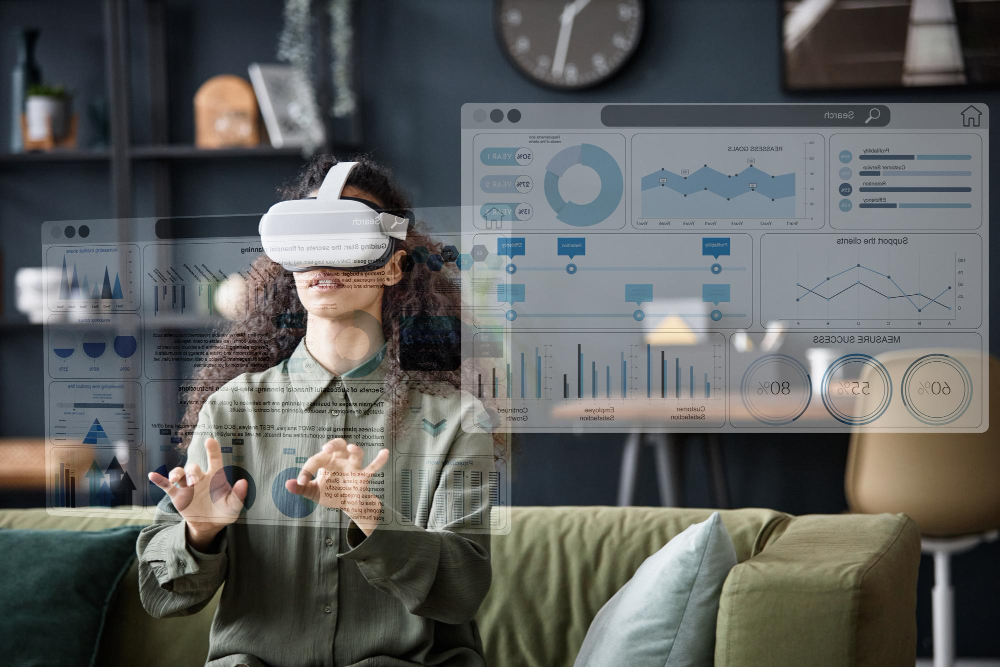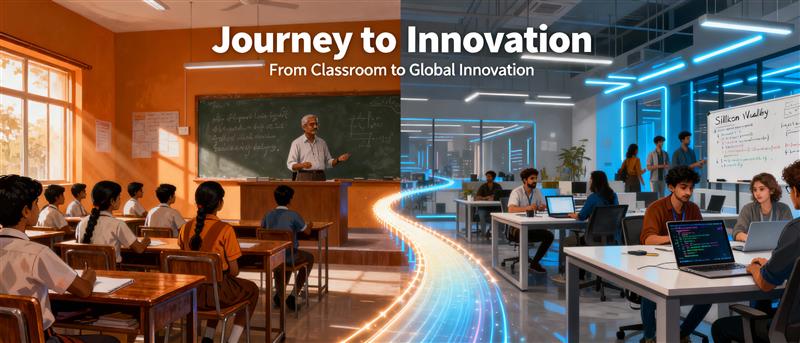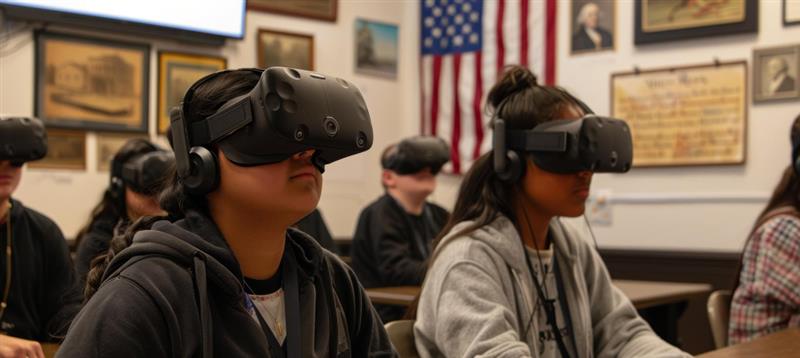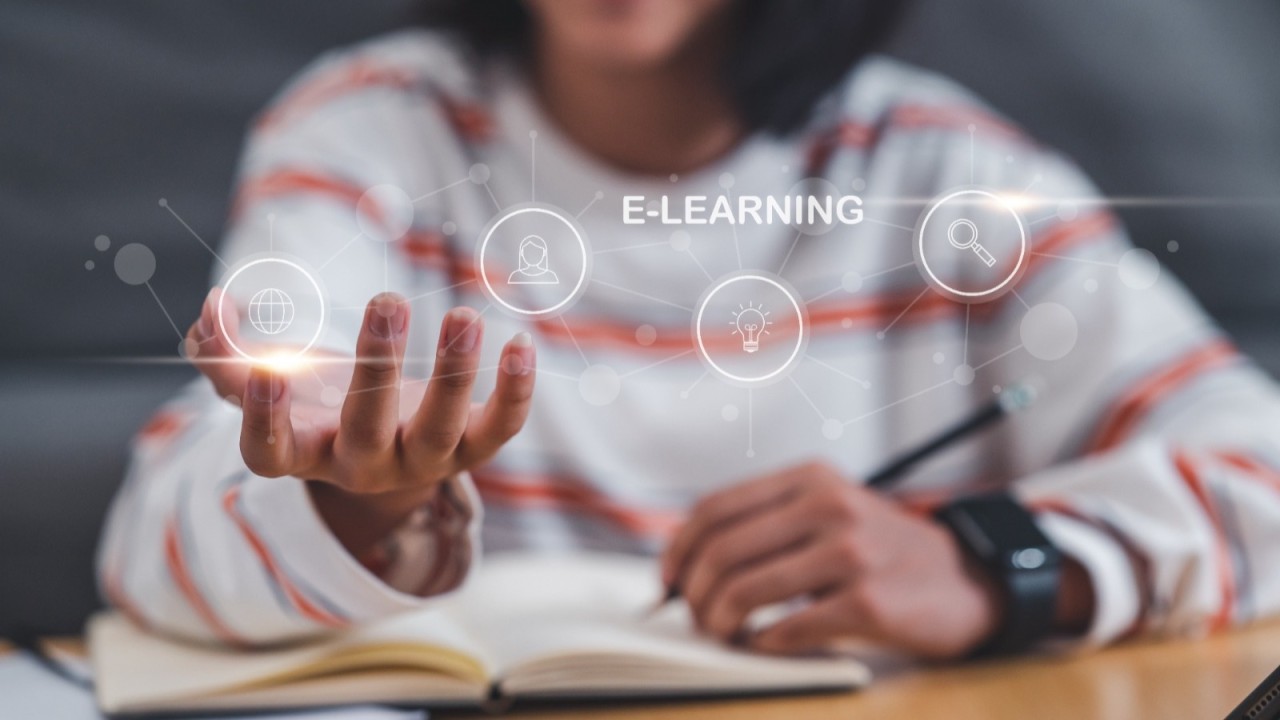By 2026, classrooms will look nothing like the ones many of us remember. Schools are already starting to use virtual and augmented reality so that students can explore lessons in 3D instead of just reading from a textbook.
Learning platforms are becoming smarter and adjust to each student’s pace and style. Digital systems also give instant feedback as students work through their lessons. These changes are making learning more interactive, more personal, and much more engaging.
Teachers are changing how they work too. Many are using data dashboards that show which lessons are effective and which students may need a little extra help before the next class.
This is not some distant idea. It’s happening now. Artificial Intelligence (AI), Augmented Reality (AR), and analytics are changing how learning works in schools, colleges, and online programs. Together they are creating classrooms that feel more engaging, more tailored, and more effective than ever.
AI in Learning
Artificial Intelligence has moved from theory into real classroom practice. It already helps teachers with repetitive tasks such as grading and quiz generation. But its biggest change comes from adaptive learning systems. These systems study how each student learns and adjust lessons to match their pace and style.
Rather than everyone following the same path, students can move ahead when they’re ready or go back to review when needed. This flexibility increases engagement and allows teachers to spend more time mentoring rather than managing paperwork or tracking every detail.
Educators are beginning to realise that AI is not replacing them. It is a tool that gives them more time to do what only humans can do: guide, motivate and connect with students.
Augmented Reality Brings Learning to Life
With Augmented Reality, students can explore the human body in detail, visit ancient cities, or perform virtual science experiments. For example, immersive AR and virtual reality setups are already showing higher information retention compared to traditional methods.
AR also makes learning more accessible. Schools without expensive labs or large equipment can still give students realistic, hands-on experiences through AR headsets or mobile devices. That helps level the playing field.
The Role of Data Analytics in Education
While AI and AR often grab attention, data analytics quietly drives the smarter decisions behind great teaching. Every quiz, project, and online activity generates useful data. When that data is organised and analysed, it gives educators insights that help improve learning outcomes.
For teachers, analytics means they can spot learning gaps early and adjust their lessons quickly. For school leaders, it means identifying which programmes lead to the best results.
A recent report shows that many organisations recognise the importance of strong data foundations before digital tools can deliver value.
The shift toward data-driven learning means institutions that invest in analytics will have an edge in improving retention, tailoring support, and boosting overall student success.
Teaching in a Tech-Driven World
The role of the teacher is evolving. Instead of simply sharing information, teachers now design learning experiences. They use technology to connect lessons with real-world situations and adapt to different learning styles.
Still, technology by itself isn’t enough. Many teachers say using it effectively takes time and training. Schools must invest in professional development so teachers can use digital tools in meaningful ways. When that happens, technology becomes a tool for deeper learning, not a distraction.
For example, planning, integrating AR/AI tools and interpreting analytics require new skills. Teachers become facilitators, mentors, coaches. The human connection remains central.
How Acacia University Is Preparing for the Future
At Acacia University, the future of learning is already in motion. The university builds its programmes around one simple idea: using technology to make education simpler, more meaningful, and accessible to all.
Here’s how Acacia is doing it:
- AI in Curriculum Planning: Faculty use AI tools and data-driven insights to refine courses and monitor student progress.
- AR for Immersive Learning: Students take part in virtual simulations that connect classroom theory with real-world experience.
- Analytics for Better Outcomes: Data is used to track learning results and guide continuous improvement across programmes.
Every tool is chosen with a clear goal: to make learning more accessible, more meaningful, and more effective for every student.
Keeping the Human Connection
No matter how advanced technology becomes, education will always be about people. Students still need teachers who listen, guide, and understand them. As AI takes care of routine tasks, qualities like empathy, patience, and emotional intelligence become even more important.
Acacia University continues to focus on this balance. Its programmes help educators learn how to use digital tools in ways that build trust and connection. The idea is not to replace human relationships with technology but to strengthen them through smarter use of it.
Challenges That Still Remain
Some schools still struggle with limited funding or weak internet infrastructure. Others are still dealing with concerns about data privacy, fairness, and the ethical use of AI tools.
Solving them will take teamwork. Teachers, school leaders, policymakers, and tech developers must all work together. Parents and educators also deserve a voice in how digital tools are used. When everyone is part of the discussion, innovation can reach every learner in a fair and balanced way.
Final Words
By 2026, classrooms will be more connected, interactive, and student-focused than ever before. But real progress will not come just from adding new tools. It will come from how schools use them: with thoughtful planning, well-trained teachers, and equal access for all students.
Acacia University’s strength lies in getting ready for this change. The focus isn’t on chasing every new gadget. It is on using AI, AR and analytics responsibly and purposefully, with the student’s learning at the centre.
The next chapter of education is not really about devices or apps. It’s about helping students think deeper, stay curious, and feel confident as learners. And in that mission, Acacia is already moving ahead.









